Expansion of Animal Feed Applications
The Blood Meal Market is witnessing a significant expansion in its applications within the animal feed sector. Blood meal is recognized for its high protein content, making it an attractive ingredient for livestock and aquaculture feeds. The increasing global meat consumption, projected to rise by 1.5% annually, is likely to drive the demand for protein-rich feed ingredients. Moreover, the aquaculture industry is expanding rapidly, with fish production expected to reach 200 million tons by 2030. This growth in animal feed applications is anticipated to create substantial opportunities for blood meal producers, as they cater to the nutritional needs of livestock and fish. Consequently, the Blood Meal Market stands to benefit from this upward trend in animal protein demand.
Rising Demand for Organic Fertilizers
The Blood Meal Market is experiencing a notable increase in demand for organic fertilizers, driven by a growing consumer preference for sustainable agricultural practices. As farmers seek to enhance soil fertility without resorting to synthetic chemicals, blood meal emerges as a viable option due to its high nitrogen content. Recent data indicates that the organic fertilizer market is projected to reach USD 20 billion by 2027, suggesting a robust growth trajectory. This trend is likely to bolster the blood meal segment, as it is recognized for its effectiveness in promoting plant growth and improving crop yields. Furthermore, the increasing awareness of environmental issues among consumers is propelling the shift towards organic farming, thereby enhancing the prospects for the Blood Meal Market.
Technological Innovations in Processing
The Blood Meal Market is experiencing a wave of technological innovations that enhance the processing and quality of blood meal products. Advances in processing techniques, such as spray drying and flash drying, are improving the efficiency of blood meal production while preserving its nutritional value. These innovations are crucial as they enable manufacturers to meet the rising quality standards demanded by consumers and agricultural producers. Furthermore, the integration of technology in production processes is likely to reduce costs and increase the availability of blood meal in the market. As a result, the Blood Meal Market is poised for growth, driven by these technological advancements that enhance product quality and production efficiency.
Increasing Awareness of Nutritional Benefits
The Blood Meal Market is witnessing a surge in awareness regarding the nutritional benefits of blood meal as a fertilizer and animal feed ingredient. Its high nitrogen content, along with essential amino acids, positions blood meal as a superior choice for enhancing soil fertility and promoting animal growth. Educational campaigns and research studies highlighting these benefits are likely to influence farmers and livestock producers to adopt blood meal in their practices. As the agricultural sector increasingly recognizes the importance of nutrient-rich inputs, the demand for blood meal is expected to rise. This growing awareness is a pivotal driver for the Blood Meal Market, as it aligns with the broader trend of optimizing agricultural productivity through high-quality inputs.
Regulatory Support for Sustainable Practices
The Blood Meal Market is benefiting from increasing regulatory support aimed at promoting sustainable agricultural practices. Governments are implementing policies that encourage the use of organic fertilizers and animal by-products, which include blood meal. For instance, regulations that limit the use of synthetic fertilizers are likely to enhance the market for organic alternatives. Additionally, initiatives aimed at reducing greenhouse gas emissions in agriculture are fostering a favorable environment for blood meal utilization. As these regulations gain traction, they are expected to stimulate demand for blood meal as a sustainable fertilizer option. This regulatory landscape is crucial for the Blood Meal Market, as it aligns with the broader goals of environmental sustainability and responsible farming.
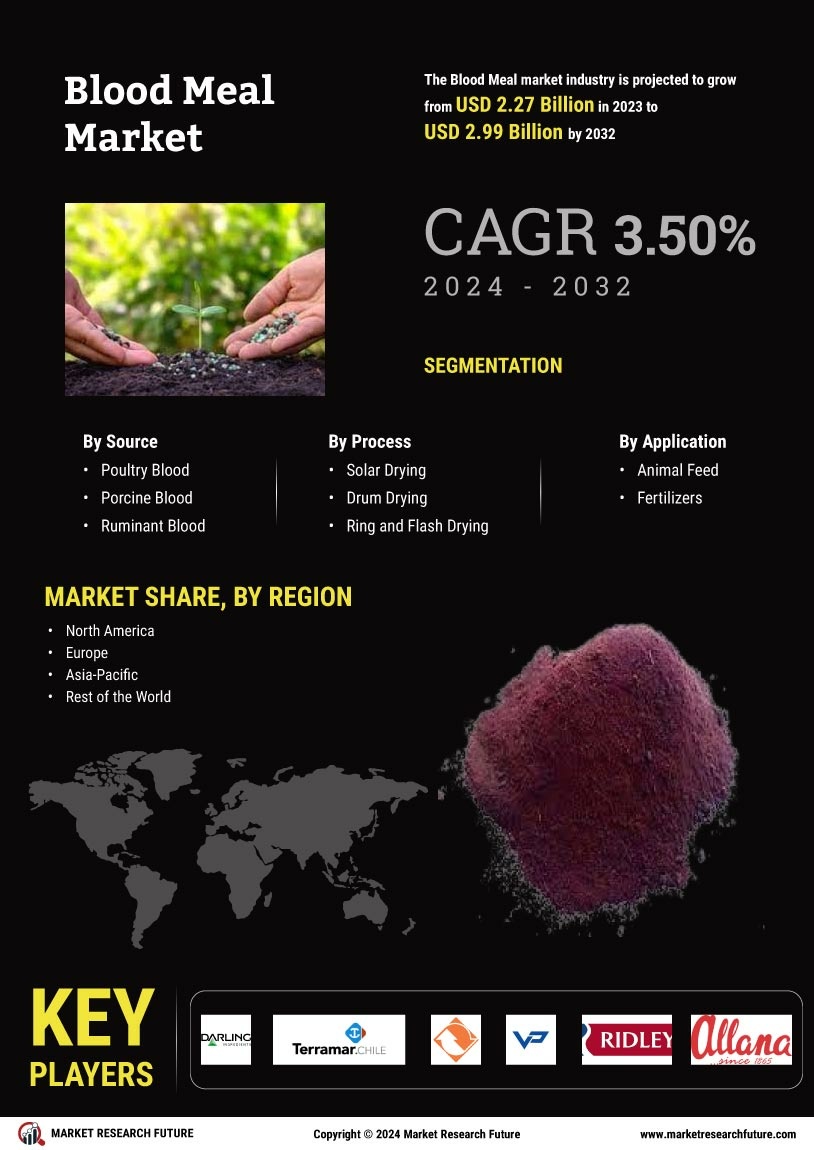

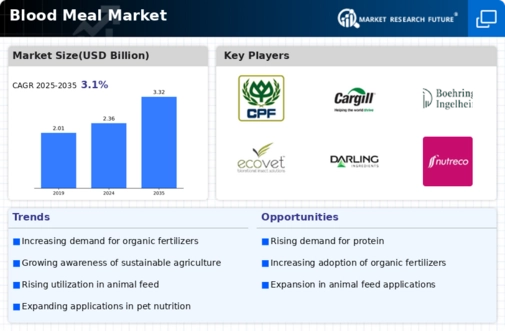
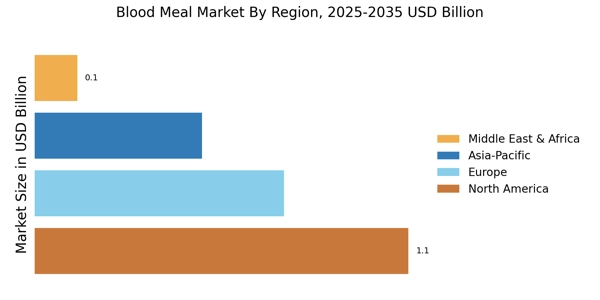

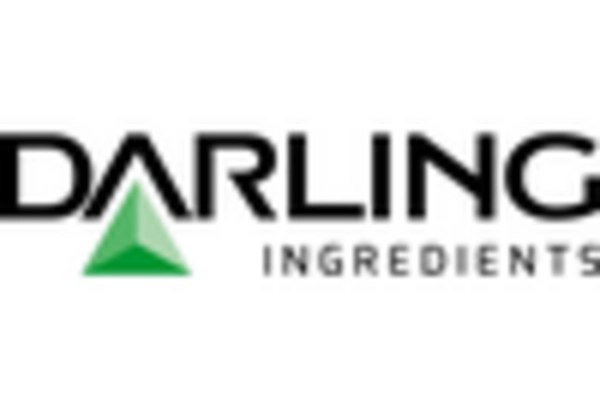
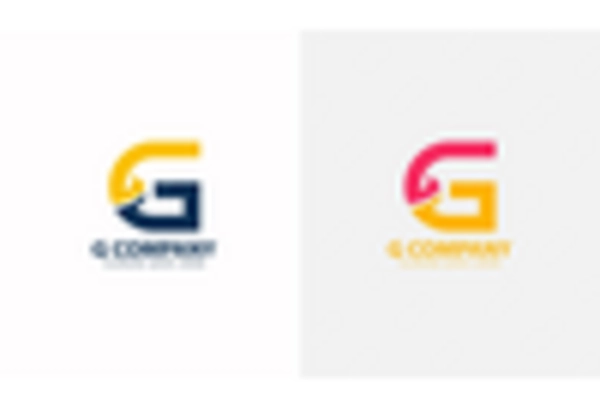











Leave a Comment